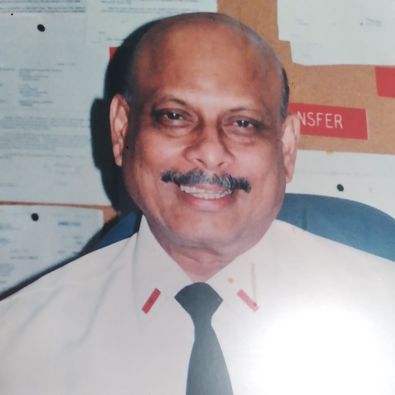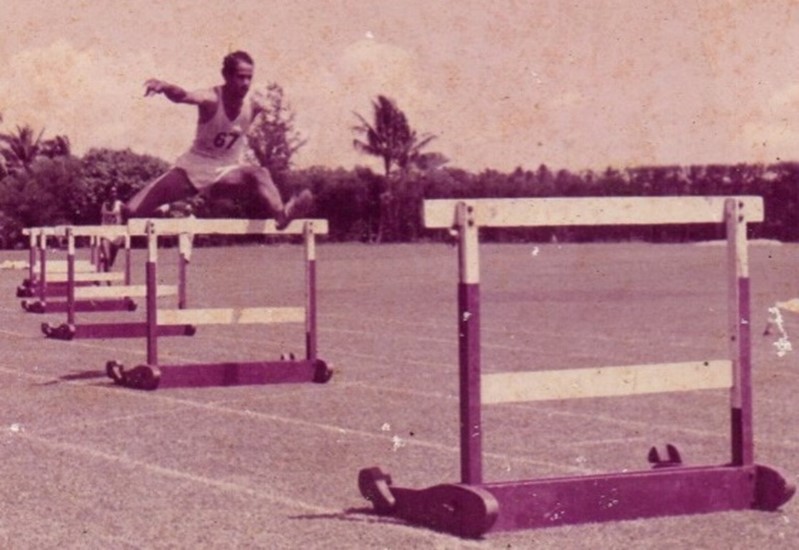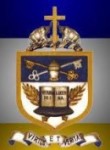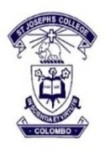Published 1 month ago on 2021/06/20

BY MERRIL GUNARATNE (SENIOR DIG POLICE – RETIRED)
We go back in time over 50 years to remember the feats of an outstanding athlete who dominated track events in national and school athletics. Ranjit Wijeyesekere of St.Peter’s College, Bambalapitiya, by outclassing formidable rivals in the most glamorous events in the sport, 400 metres, 200 metres and 100 metres, developed an aura of invincibility in the 1950’s and 60’s. Unfortunately, he left Sri Lanka for greener pastures at a relatively young age. He was thus lost to athletics prematurely. He is presently domiciled in Ontario, Canada.
They were times when honour and respect for high standards characterized the conduct of those excelling in sports. They competed partly to earn personal milestones, but mainly to bring credit and glory to their schools and the country. Ranjit was one of such ilk. There were countless others in numerous games. They had to sacrifice time spent on studies in order to labour at sports practices; and the only reward they earned for their efforts was recognition. This contrasts sharply with the culture today where sport is a profession, with lucre and lucrative offers baiting performance. Not that today’s stars are to be faulted, but they were fortunate when compared with those of Ranjit’s day who competed only for recognition. But where money mixes with sports, disagreeable influences could also follow, giving rise to a different culture to what it was in those halcyon days. In this context, Ranjit and others in the 50’s and 60’s epitomized pristine values.
RANJIT’S STYLE OF RUNNING
Sports aficionadoBob Harvie, commentating at a national meet, described Ranjit’s style of blazing the track as the best he had seen. This was not an exaggeration. Accumulation of places and records in any game has to be admired, but what leaves indelible impressions in the observer is the elegance that accompanies performance. Taking cricket to prov

e the point, David Gower’s poise and silken grace had a telling impact on crowds. We had our own wristy stylists: Stanley Jayasinghe, Michael Tissera, Aravinda de Silva, Madugalle, Tennakoon and Roy Dias. There were many others in diverse games.
The style of Ranjit Wijeyesekere in the most glamorous events of athletics, the 400,200 and 100 metres, was unique and incomparable. Ranjit stood tall, 6 ft. 2 inches and lanky, but was well developed in the shoulders and legs. He had exceptionally long legs. To have seen those long strides with shoulders and legs generating rhythm and speed, was an awesome sight. There was a feline grace about him. He dazzled crowds. His run was a melody in motion. He was the glamour ‘boy’ of athletics in the 1950’s. Ranjit was a synonym for grace and rhythm, a gazelle in full throttle, and a connoisseur’s delight. I could stand testimony, having seen many of his triumphs. These are impressions frozen in time. It was a pity that modern technology was not available at the time to capture his elegance for posterity.
The Public Schools Meet of 1957 at the Colombo Oval and Ranjit’s feats are yet etched in my mind. At that time, at virtually every meet they competed together, JC Fernando of Royal College and Ranjit Wijeyesekere of St Peter’s College had to be at their best to attempt outdo the other. It was amidst such fierce competition that Ranjit Wijeyesekere won the 440 yds and 220 yds events. It was possibly because of the formidable challenge of JC Fernando that Ranjit ran the race of his life to win and break the Public Schools record in the 440 yds event. He was the acme of elegance as well as a superlative achiever. This unique combination made him the darling of crowds. It was therefore not a matter for surprise that Bob Harvie was inspired to pay him the highest accolades. As a person, Ranjit was unspoilt by achievement and reputation, modest, unassuming, friendly, softspoken, honourable, and disciplined. He was a gentle giant. St. Peter’s College had ample reason to have been proud of their superstar.
SOME OF HIS ACHIEVEMENTS
The triumphs of Wijeyesekere in the 50’s and 60’s were legion. I succeeded in obtaining a few of his achievements from various sources, despite the passage of over 50 years from the time he blazed the track. The following table captures some of his outstanding performances:
Ranjit Wijeyesekere joined Air Ceylon from school and thereafter migrated overseas. Constant travel and irregular working hours would have restricted attention to the sport he so adored. We can only infer how he would have adorned the national stage if he had remained longer in Sri Lanka and pursued a career which did not hinder opportunities to train and compete. Besides, the kind of patronage and material support now enjoyed by sport stars were not benefits at that time. The quest for employment and a secure future were far more wise and pragmatic options then, than achieving mere recognition. Overall, Ranjit’s loss was also the nation’s loss.
It may be apt to name the galaxy of outstanding runners of the 50’s: J.C. Fernando, O.K Hemachandra, Denzil Fernando, C.S. Fernando, Yohan and D.W. Rajaratnam, W.W. Tambimuttu, Ivan Boteju, R.A.F. Perera, Nimal Fernando, Lakshman De Alwis, Senaka Wijenaike, Lorenz Pereira, R.J Reid and Darrel Lieversz. I must surely have overlooked many others, my memory after so long being hazy. St Peter’s College which was captained by Ranjith Wijeyesekere in 1957 alone boasted many stars: W.W. Tambimuttu, Nissanka Dharmatillake, Anton Perera, Errol de Silva, Vandort, Ranjith Weerasena Roger Wright, Neville Salvador, Chesley Jayasinghe and Ranjith Perera. They emerged champions at the Public Schools Meet in 1957.
FELICITATION OF FORMER HEROES
It is an axiom of life that achievements and reputations in any field or sphere are extremely ephemeral. We remember and admire sportsmen so long as they entertain. We may speak of them with nostalgia for sometime after their retirement, but it is not in our nature to admire them with the same enthusiasm after lapses of time. There is an inconstant or fickle nature in humans. But should we push superstars like Ranjit into total oblivion? Have we not consigned them to the distant limbo of history? They in their prime had, making many sacrifices, toiled to bring fame to the country and their schools. It is arguable that they should later be felicitated, recognized and appreciated for their unique feats and fame, a reminder that we will remember them with gratitude.
It may be appropriate to consider the arrangement of elaborate felicitation ceremonies for at least former national champions as a demonstration of gratitude. The focal point for such arrangement may be the school, for they can manage limited numbers unlike national sports bodies which may have to cater to much larger numbers. But if schools are to evolve a system to plan and hold such functions to felicitate their former national stars on a systematic and regular basis, they should establish archives to store data so that some deserving will not be overlooked. Archives may be necessary for any organization or organized activity. They provide flesh to history and heritage which in turn become fundamental props or prerequisites to enable those in the present to emulate the past and inspire the future. Any organization could exploit it’s heritage as an impetus to improve standards. Archives therefore link the past to the present and the future.
In a mail sent to me last month, Ranjit, referring to his participation at a meet in India, had stated that he represented “BELOVED Sri Lanka”. His intense patriotism yet for a country he left 50 years ago is amply evident in this expression. One can only imagine the patriotic feelings that would have gone through his mind when, 50 to 60 years ago, he constantly mounted the rostrum to receive trophies for his triumphs. I think a conscious effort to show these former national stars in the sunset of their lives that we owe them a deep debt of gratitude through felicitation ceremonies is the least that could be done to demonstrate that we have not forgetten them.










